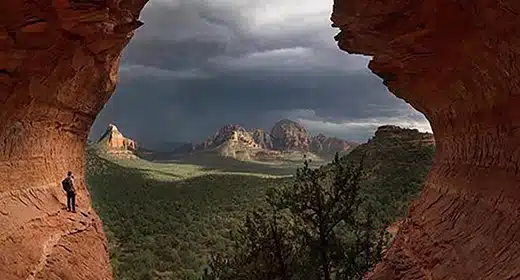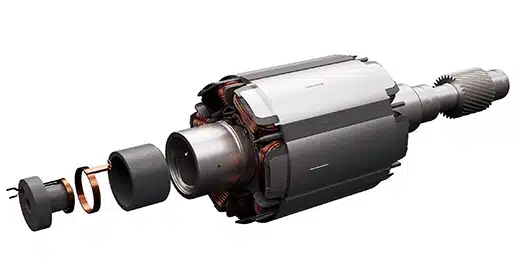by Mekita Rivas: Odds are you’ve seen some crazy, gravity-defying yoga moves on Instagram…
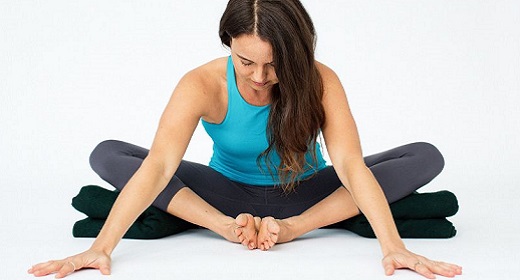
These days arm balances, backbends, and inversions tend to steal the social media spotlight. But what about the less glamorous poses that may not garner thousands of likes but that are just as—if not more—important to a yogi’s practice? What are the non-“wow” factor poses still deserving of attention?
Below, four yoga experts reveal the poses they feel are overlooked and undervalued. They explain how every yogi can benefit from the low-key poses, and why they matter just as much as that impressive inversion or awesome arm balance.
Calli De La Haye, Co-Founder of Kalimukti Yoga
Mountain Pose
Tadasana
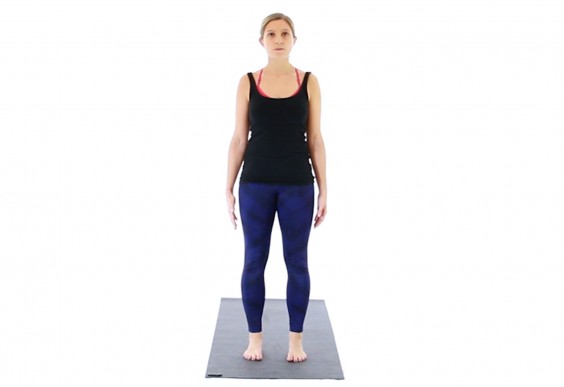
To any non-yogi or new yogi, this pose is just standing still. Or that’s how it appears. But consider the grounding effect of simply standing up tall and paying attention to your posture. When the body is properly engaged in mountain pose, we can truly feel its value—it’s the foundation for all standing poses. It heightens your sense of the present moment. It improves alignment, stability, and postural awareness, because it encourages connection with your center of gravity.
Corpse Pose
Savasana
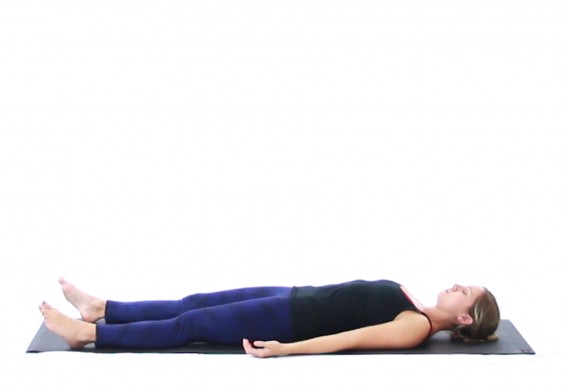
Well-known as a pose used for meditation or at the end of class, this one often gets skipped. In some classes, teachers don’t leave much time for savasana. I’ve seen students leave classes before meditation because they want to get to their next plan. The wandering mind may get the better of some students, so they avoid having to be still with their thoughts flowing.
This pose looks easy, but it’s actually one of the hardest to master because it’s so difficult for most of us to find and stay in stillness. It’s the number one pose for restoration, nurturing, and deep relaxation. It relaxes the body and nervous system, reduces stress, promotes restful sleep, and helps to alleviate headaches and tiredness.
Belly Breathing
(Adham Pranayama)
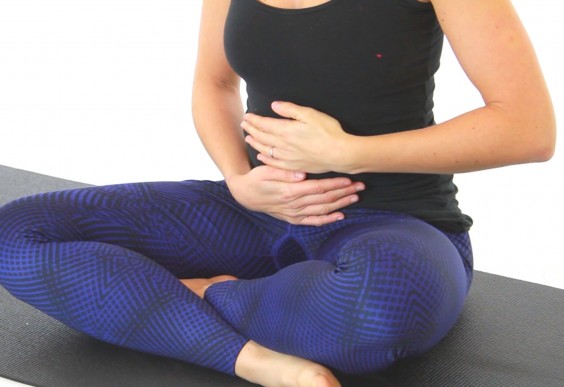
Many yoga students are very interested in the poses and have the desire to stretch out, especially when complementing their fitness regimen. But do we spend enough time breathing in the right way? Belly breathing, or abdominal breathing, is a great place to start. It’s simple yet very effective. This breath is a calming breath: It aids relaxation, releases tension, and promotes an overall sense of positive well-being.
Chris Lucas, Founder and CEO of OmPractice.com
Child’s Pose
(Balasana)

This is one I recommend for both beginners and seasoned practitioners at the start of practice, assuming they’re not dealing with ankle, knee, or back limitations. It’s easy to overlook, either because it’s often right at the start of a practice, or because it’s wrongly offered as some kind of bailout for people who want a break.
I recommend it not just because of what it accomplishes physically, but also because there is a sense of humility and a deliberate pause inherent in the pose, allowing beginners to prepare for practice. It also pumps the brakes for more experienced students who are inclined to rush. This is, in fact, a great pose for advanced students who want to quickly move onto the stuff they find personally challenging. Balasana is a reminder that we all start in the same place: at the beginning.
Gorilla Pose
Padahastasana
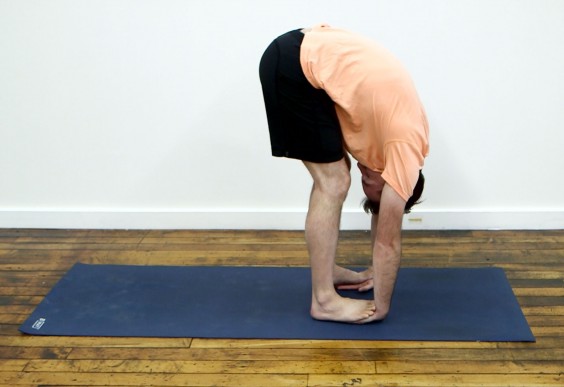
In this pose, we stand on our hands and bring our toes up to our wrist/watch line. Even if a student has to bend their knees a ton, it’s fantastic for the wrists — it’s often the only time our wrists are in extension, rather than flexion, in a whole 60- to 90-minute practice.
What this pose looks like to a viewer on the outside and what it feels like for the practitioner are worlds apart. I believe people sometimes avoid it because it looks extreme on the hamstrings. But if we focus more on the wrists, and dial down the sensation on the hamstrings by bending the knees, it becomes available for just about any level of practitioner.
Halfway Lift
Ardha Uttanasana

This pose usually occurs between standing up and folding down or just before a low plank (chaturanga dandasana). It’s what I call a “drive-by” pose, as people tend to fly through it. And yet, if done with thought and intention, it can replace every sit-up for the rest of your life!
Activating the lower abdominals prepares us for standing, folding, or low plank, and protects a newly elongated back. It matches the breath really well and can become a mid-vinyasa “pause” where a student can catch themselves if they’re rushing.
Tiffany Cruikshank, Founder of Yoga Medicine
Supine Figure Four/Supine Pigeon Pose
Supta Kapotāsana
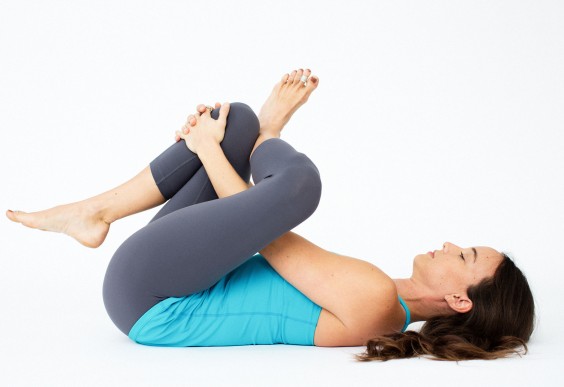
For some reason, people tend to go for pigeon pose (kapotasana) as their main hip opener, but for those who actually have tight hips, supine pigeon is usually much more accessible and helpful. Also, this pose is done on the back, so it’s often easier for people to relax here and takes the pressure off the knees, which can be an obstacle in pigeon pose. Supine pigeon is a great pose to release tension in the hips and low back.
Legs-Up-the-Wall Pose
Viparita Karani
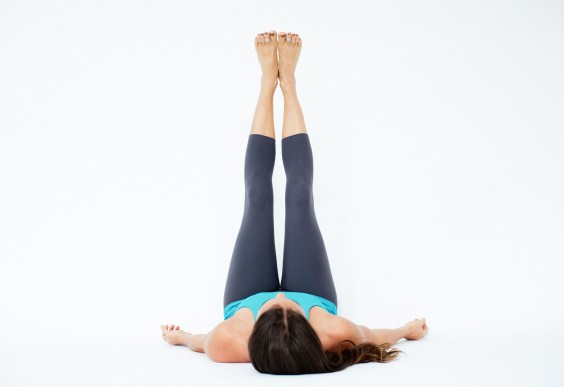
The other fancier inversions tend to get more of the spotlight in yoga, but the value of this pose is that you can stay in it for a longer period of time and capture more of the benefits. This is a great, approachable inversion to help reverse the effects of living in gravity.
Inversions help increase the return of blood to the heart. This variation is especially helpful since you can stay here for 5 to 10 minutes and really reap the restorative benefits. It also gently releases the hamstrings and low back, and may also be helpful for conditions like headaches, hypertension, PMS, and jet lag.
Butterfly Pose
Baddha Konāsana

It’s easy to skip the simple poses and look for new variations when what we’ve been doing for decades may well be the most effective. This is a good pose for stretching the often-tight muscles of the back and the hip. At the same time, it also helps with stretching the inner thigh muscles.
Whitney Yarnall, Founder and Community Director of Sojourn Healing Collective
Sphinx Pose
Salamba Bhujangasana
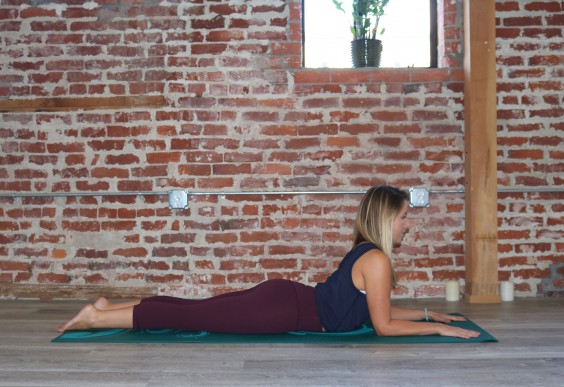
This posture tends to be overlooked since it’s often used as a transition into a deeper backbend like seal pose (a variation of cobra pose/bhujangasana). This pose strengthens the spine and compresses abdominal organs. It also stimulates the sacral-lumbar arch, which is also called the “Door of Life” in traditional Chinese medicine.
Child’s Pose
Balasana
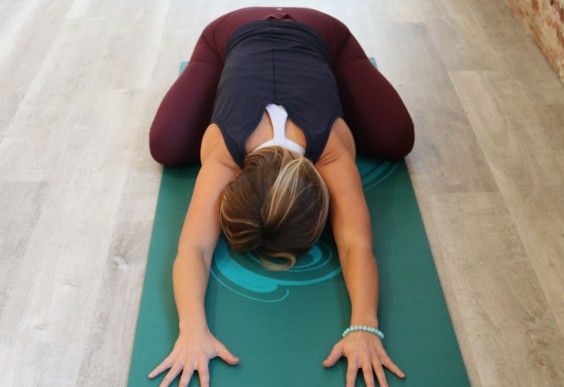
Child’s pose is regularly overlooked because it’s a resting posture, but it has many benefits. It stretches and decompresses the spine, while also stimulating digestive organs. It is a psychologically soothing posture to practice when anxious or vulnerable feelings arise.
Reverse Warrior
Viparita Virabhadrasana
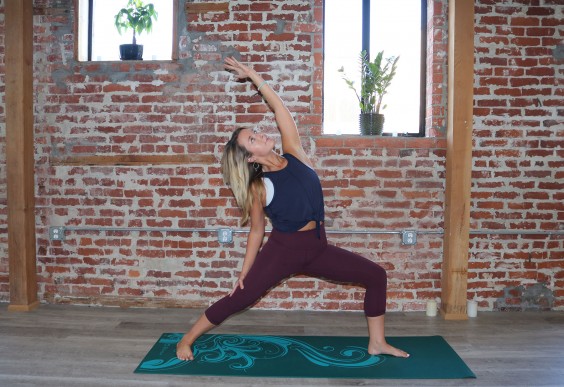
Rushing through reverse warrior can be easy to do because it tends to be a transition between postures in vinyasa classes. However, it’s a pose that helps to stretch the inner thighs, side body, and hips. It’s also effective for strengthening the legs and spine.









